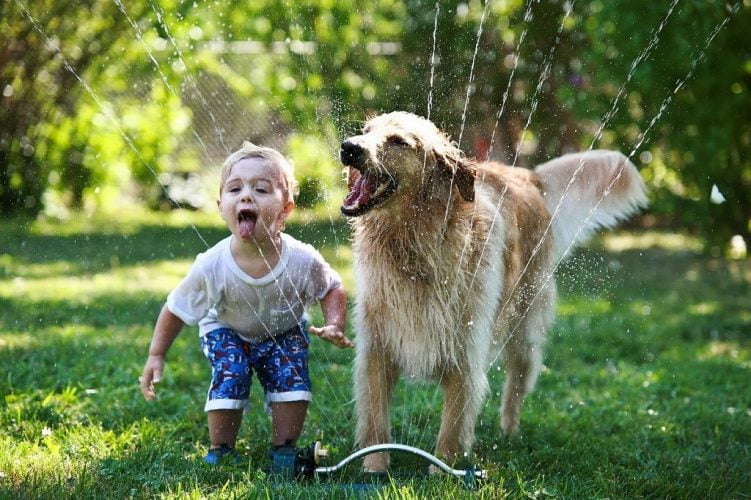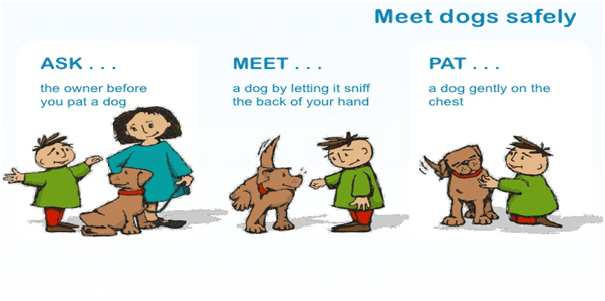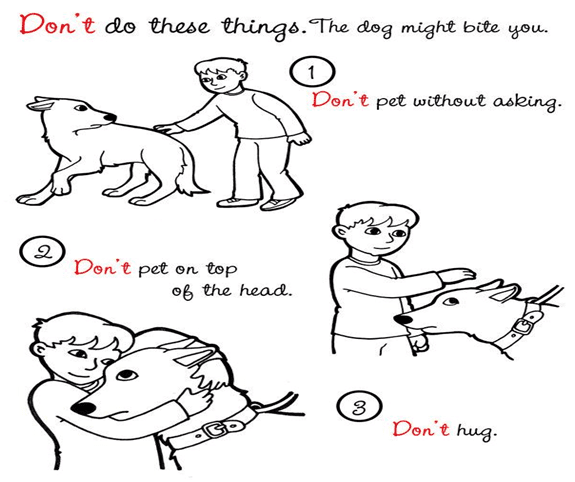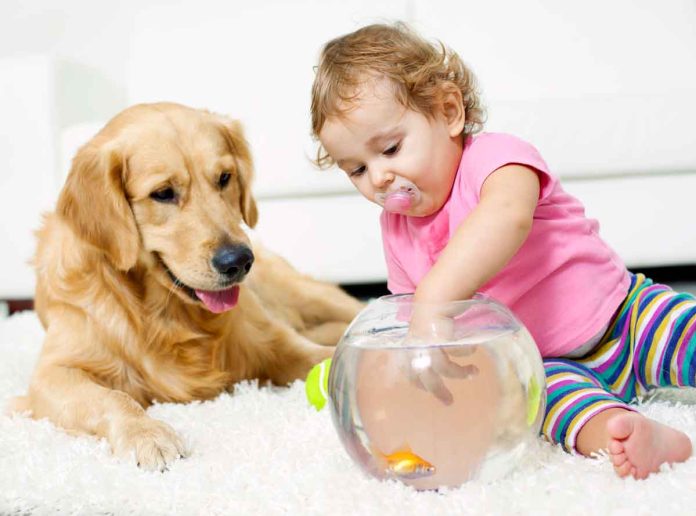As per research and studies conducted, it is found out that pets play an amazing role in improving the mental health of children. We all know how important it is to have a family pet. Children’s do need animals in their lives, as they have a magical effect on children. Animals shower their magic by providing comfort, companionship, life lessons, opportunities to learn how to care for something outside of oneself and most of the times, a healing touch.

As far as Children’s are concerned, growing up with a pet is known to teach assistance, increase self-esteem and help in cultivation development skills. What’s more? Bringing a pet into your family allows the creation of unconditional affection and a loving bond between members of the family that brings incalculable joy to the household.
Though, before you bring a pet home it is your responsibility to teach your kids a few basic rules to protect themselves against issues like scratches and bites, which are often caused by pets in case children do not understand that they shouldn’t approach any animal suddenly, chase him, try to have a ride on him, or pull on his tail. Where parents need to step in and teach their kids some basic petting rules!
Your Rule Book for teaching your child to be safe around pets

Help your children learn the difference between when is his/her pet in a playful mood and when the pet is annoyed and frustrated. Teach them some basic pet etiquettes which will help them strengthen their bond with the pets and also protect them from any harm or danger. ‘Teaching Pet Etiquettes can prove out to be Beneficial for children as well as give Happy Memories to pets.’ Follow these points for ensuring the safety of your child even in your absence:
- Children should never hit a pet with a hand or any object be it hard or soft, as it instigates anger in the pets.
- Pets should never be teased with food or toys. Make sure there is a difference between teasing and playing and pets are smart enough to figure that out.
- Pets should not be troubled or silently approached when they’re eating, chewing on a toy, sleeping or hurt or ill.
- When looking for your pet, softly call out his/her name to avoid startling the pet.

This is the foremost and important thumb rule to be taught to your child: Ask your parents before approaching a stranger pet and when they agree, slowly extend a hand near their nose for pets’ sniff to get surety about person’s friendliness. Most animals smell scent to identify friendly humans.
• Pet body language should be given due importance and respected at all times. Like dogs show ease and comfort by wagging their tail. They show fear, anxiety or anger by growling, laying back their ears or putting their tail between their legs. Teach your children to understand, identify, respect and obey such signals.

- In the beginning, children will have a hard time reading a pet’s behavior. They’ll mistake a pet’s high-spirited nature at times, as a cue for play, when it is actually a pet’s attempt of showing anger or discomfort.
- Use a safe baby gate when necessary to keep a pet and child separated.

